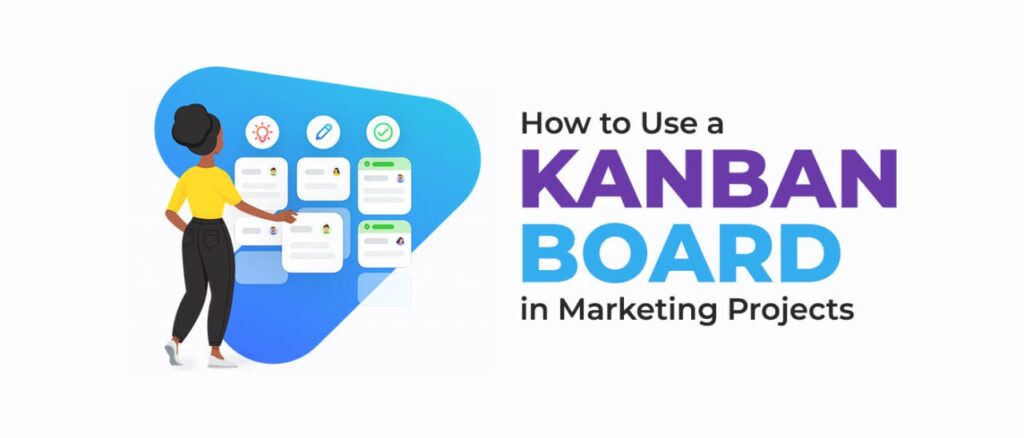
In the fast-paced world of marketing, it’s essential to stay organized and keep track of all the moving parts of a project.
One effective way to do this is by using a Kanban board. Kanban is a visual project management tool that helps teams prioritize tasks, visualize workflow, and improve collaboration. In this article, we will explore how to use a Kanban board in marketing projects and the benefits it can provide.
What is a Kanban Board?
A Kanban board is a visual representation of a project that is divided into columns that represent the stages of the project. Each column contains cards that represent tasks. The cards move from left to right on the board, indicating progress and workflow.
There are typically three columns in a Kanban board: To-Do, In Progress, and Done. The To-Do column contains tasks that need to be done, the In Progress column contains tasks that are currently being worked on, and the Done column contains tasks that have been completed.
How to Use a Kanban Board in Marketing Projects
Step 1: Define Your Project and Tasks
The first step in using a Kanban board is to define your project and break it down into smaller tasks. Each task should be clear and concise, with a specific objective and deadline. Once you have identified all the tasks, write them on individual cards.
Step 2: Create Your Kanban Board
Once you have your tasks on cards, it’s time to create your Kanban board. You can create a physical board using sticky notes or a whiteboard, or you can use Projecto the easiest project management tool.
Step 3: Set Up Your Columns
The next step is to set up your columns. As mentioned earlier, the standard columns for a Kanban board are To-Do, In Progress, and Done. However, you can customize your columns to fit the specific needs of your project.
For example, you could add a column for tasks that are blocked or tasks that are waiting for approval. The key is to make sure that the columns reflect the different stages of your project.
Step 4: Move Your Cards
Once you have your board set up, it’s time to start moving your cards. Move your cards from left to right as they progress through the different stages of the project.
For example, if a task is in the To-Do column, move it to the In-Progress column when someone starts working on it. Once the task is complete, move it to the Done column.
Step 5: Use Your Kanban Board to Manage Your Project
Now that you have your Kanban board set up, you can use it to manage your project. Use the board to prioritize tasks, track progress, and identify bottlenecks. You can also use the board to improve communication and collaboration between team members.
Benefits of Using a Kanban Board in Marketing Projects
Using a Kanban board in marketing projects can provide many benefits, including:
- Improved organization and visibility: A Kanban board makes it easy to see the status of all tasks at a glance, improving organization and visibility.
- Increased collaboration: A Kanban board promotes collaboration and communication between team members, helping to ensure that everyone is on the same page.
- Faster response times: By visualizing workflow, a Kanban board can help identify bottlenecks and areas where processes can be improved, leading to faster response times.
- Better prioritization: A Kanban board helps teams prioritize tasks, ensuring that the most important tasks are completed first.
Conclusion
A Kanban board is an effective project management tool that can help marketing teams stay organized and improve collaboration. By following the steps outlined in this article, you can create a Kanban board that works.
Control your tasks and cards, assign users to tasks, add comments attach photos, and more. Try projecto now for free.